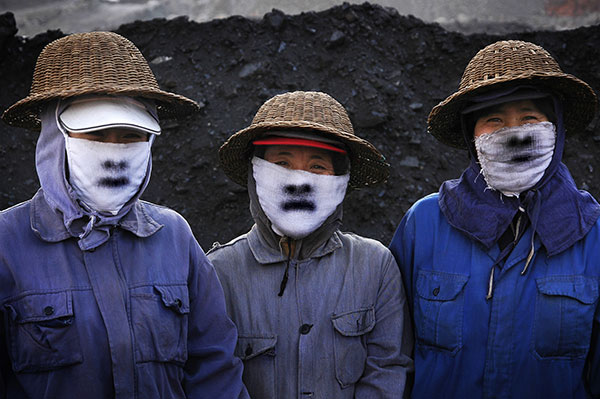El Nino to be followed by extreme La Nina: scientists
Updated: 2015-08-19 09:31
(Xinhua)
|
|||||||||||
SYDNEY - Australian scientists are predicting the current El Nino event will be closely followed by a reverse La Nina weather system, changing climate conditions from drought to flooding rains.
The current Pacific El Nino event has already been linked to the "great Godzilla" 1997-98 event, with sea-surface temperatures in the central and eastern Pacific in line with the El Nino event.
"This kind of extreme El Nino event normally lasts until April, May, and then we will see the system switch to conditions that are developing towards a La Nina in, say, next June, July, August," CSIRO principal research scientist Wenju Cai told Australia's national broadcaster on Wednesday.
"El Nino and La Nina both peak at our summer season and that's why we will have floods in our summer (2016-2017)."
Cai said it was common for La Nina events to follow strong El Nino systems.
In 1982 and 1983, Australia suffered a strong El Nino which lead to a period of extreme dryness, causing caused the 1983 "Ash Wednesday" with wild fires across Victoria and South Australia, killing 75 people.
Floods followed the extreme drought and bush fires in 1984.
What is most concerning to Cai however is the combination of extreme weather events will likely rise four-fold over the century if greenhouse gas emissions continue climbing at their present rate.
Published in the scientific journal Nature Climate Change on Tuesday, lead author Cai and fellow climate scientists predict the trifecta of reduced rainfall, El Nino over Australia's food bowl followed by a floods during a powerful La Nina will increase in frequency from a one-in-20-years, to one in 10 years.
El Nino events have a significant impact on Australia's farm production, which contributed 3 percent of Australia's GDP, or 51 billion Australian dollars ($39.73 billion), in 2014.
Related Stories
Devil is in detail when El Nino strikes 2015-07-26 15:30
El Nino leaves NE China thirsty 2015-07-22 16:11
Food supplies 'secure' from El Nino impact 2015-06-28 13:10
Supplies 'secure' from the impact of El Nino 2015-06-24 08:17
El nino could affect Indonesia's food output 2015-06-18 21:06
El Nino impact on China likely 'to be moderate' 2015-06-01 13:52
Today's Top News
Six Chinese nationals confirmed dead in Bangkok blast
Rain in Tianjin poses no health risk, says official
Two HK women among four Chinese killed in Bangkok blast
South Korea's Park has good reason to attend Sept 3 parade
Yuan move is likely to deliver positive results in long term
Sodium cyanide in Tianjin to be cleared
Premier Li pledges thorough investigation into deadly blasts
Bomb in Thai capital kills 19, including 3 Chinese nationals
Hot Topics
Lunar probe , China growth forecasts, Emission rules get tougher, China seen through 'colored lens', International board,
Editor's Picks

|

|

|

|

|

|






